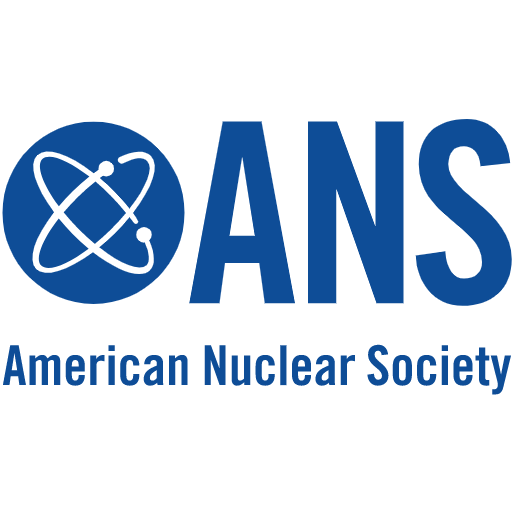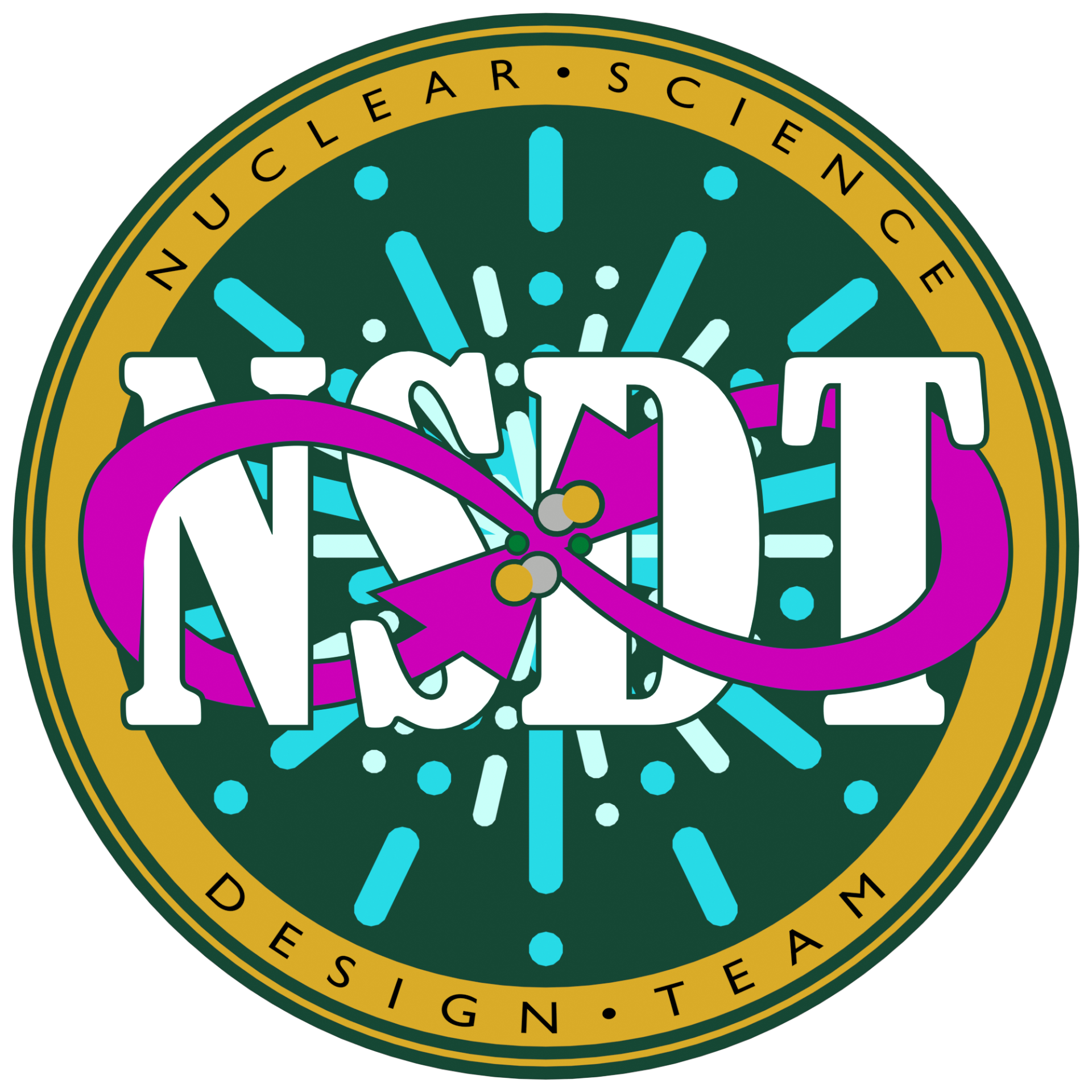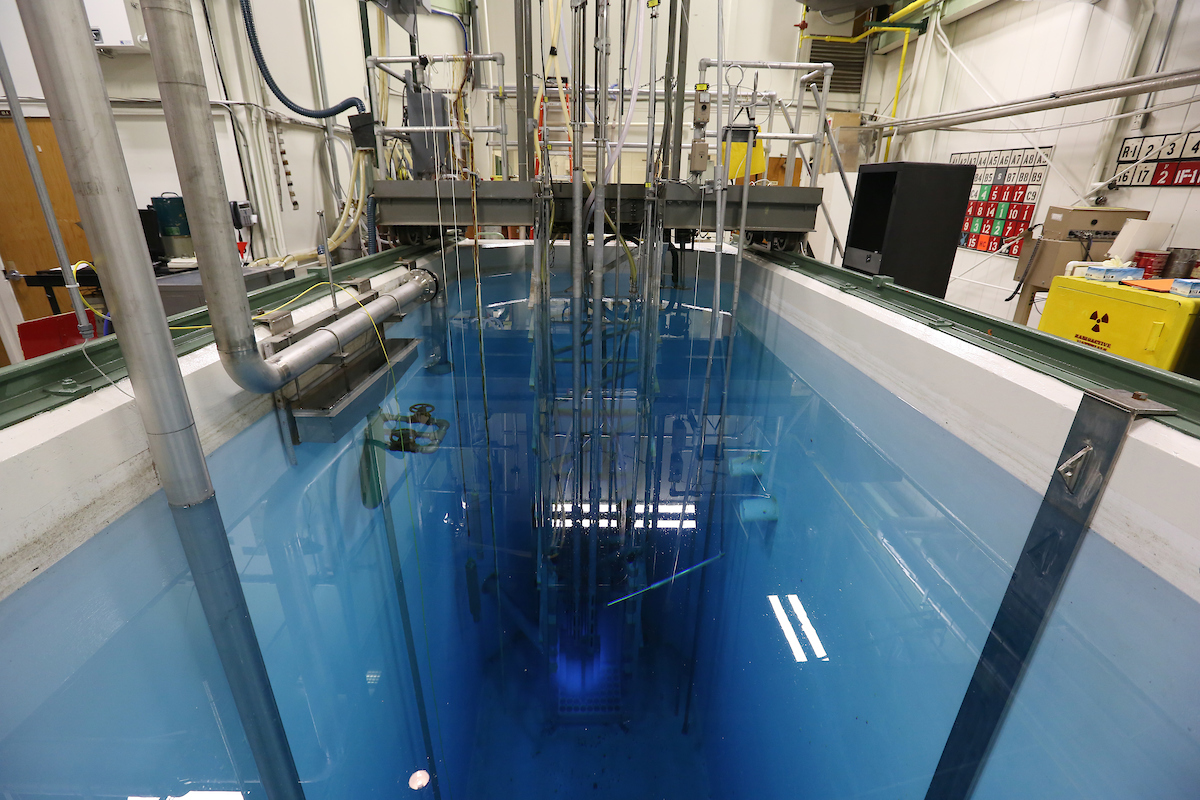Nuclear Engineering and Radiation Science
Engineering a Sustainable Nuclear Future
Build the foundation for tomorrow's clean energy needs in Missouri S&T's Nuclear Engineering program. Get hands-on experience with our on-campus nuclear facility and take part in next-generation research. With an annual enrollment of fewer than 50 students, we are committed to your academic and career success.
If you're interested in learning more about our department schedule a tour!
Departmental Reactor Tours are only available on Mondays at 1:00PM and Fridays at 11:00AM.
Start Your Career with a High-Paying Salary
$88,000
Average starting salary of nuclear engineering undergraduates
800
Job openings per year
97%
Job placement per year
Make Lasting Connections
Join a student organization or get hands-on experience designing nuclear systems in one of S&T's student design teams. In the Nuclear Engineering program you'll be part of a community working toward meeting the world's energy needs.
 |
American Nuclear SocietyJoin the Missouri S&T Student Section |
 |
U.S. Women in NuclearExplore career and networking opportunities |
 |
Nuclear Science Design TeamDesign nuclear systems with other students |
Our Research
In the heart of the cutting-edge research campus at S&T lies a hidden gem: The university's very own operating nuclear reactor. This remarkable facility is a hub of potential and possibility for aspiring scientists and engineers. During your journey in the Nuclear Engineering department you'll get hands-on experience exploring and operating the reactor yourself.
.jpg)
Research Fields
- Nuclear Materials
- Nuclear Reactor Thermal Hydraulics
- Nano Radioisotopes
- Medical Imaging
- Computational Reactor Physics
- Societal and Environmental Impact on Nuclear Technologies
Our Newsletter

|
Dear alumni, friends and colleagues, “Not your father’s nuclear engineering department!” That quote, along the lines of an old car commercial, is from an alumnus I spoke with at Missouri S&T's alumni breakfast during the American Nuclear Society (ANS) summer conference. One of our current students told them about all the things that have changed in our department over the past two years, and I occasionally chimed in to add one thing or another. As the alumnus heard more about the changes since they graduated, they grew increasingly excited for our students.... |

Follow Nuclear Engineering and Radiation Science